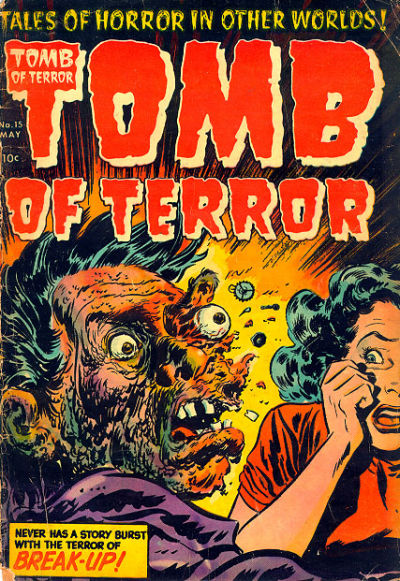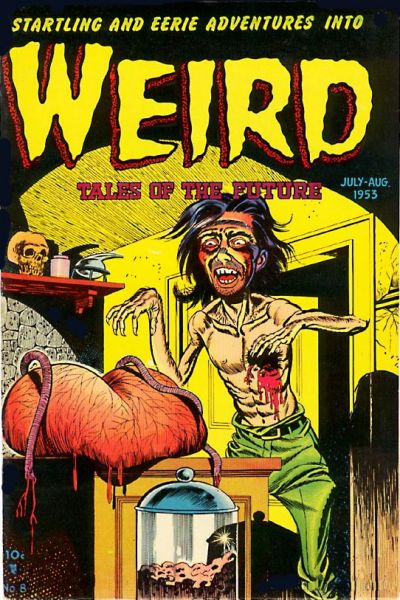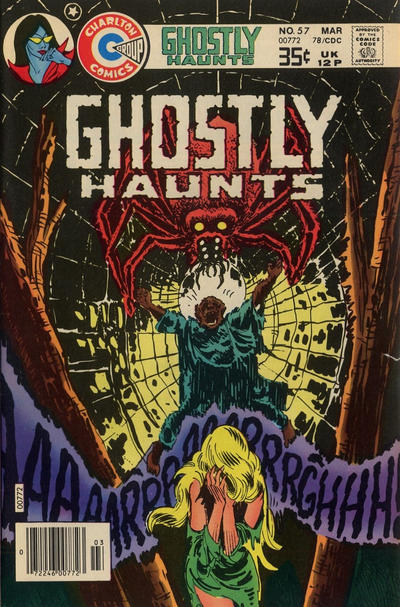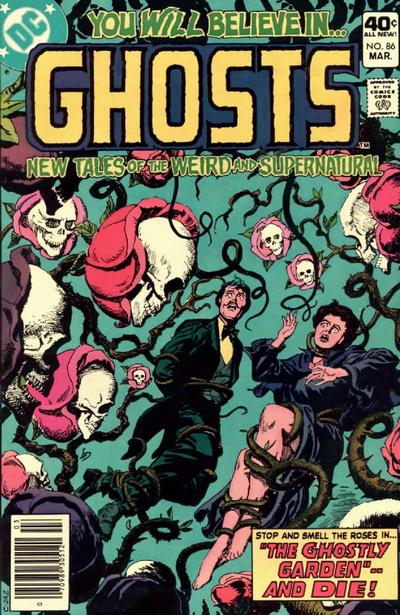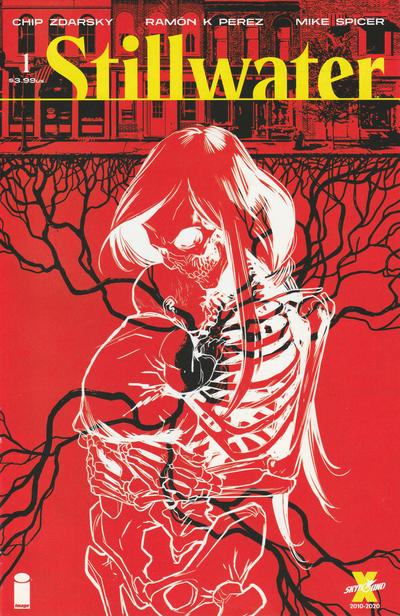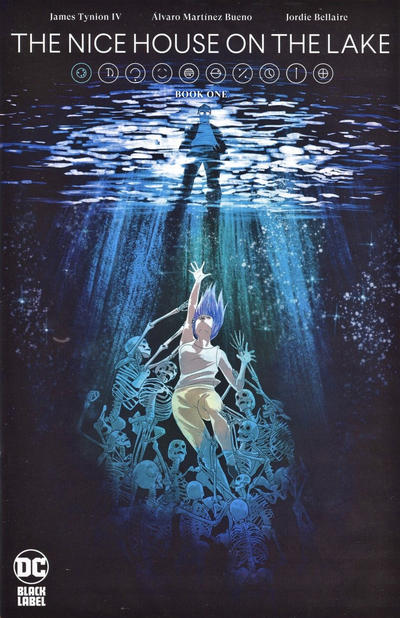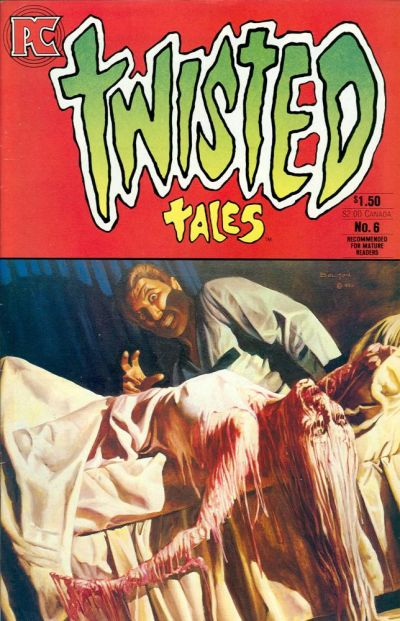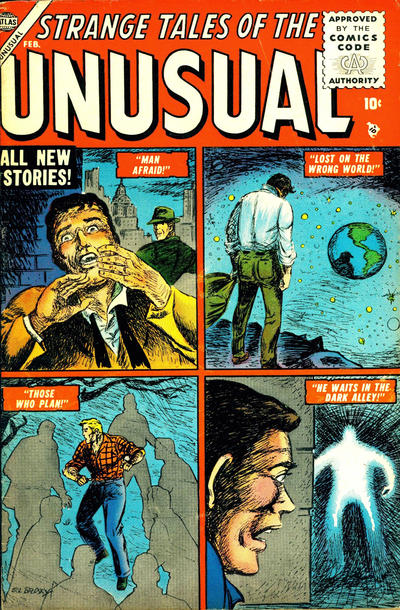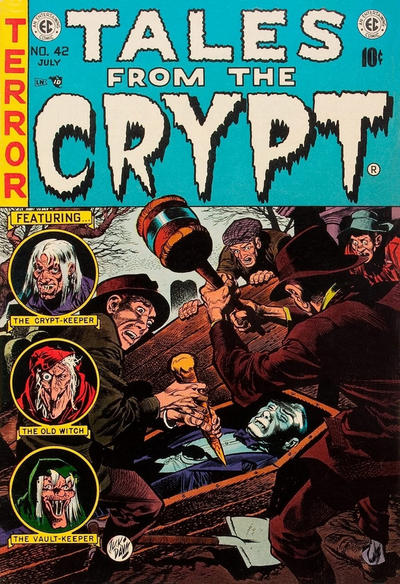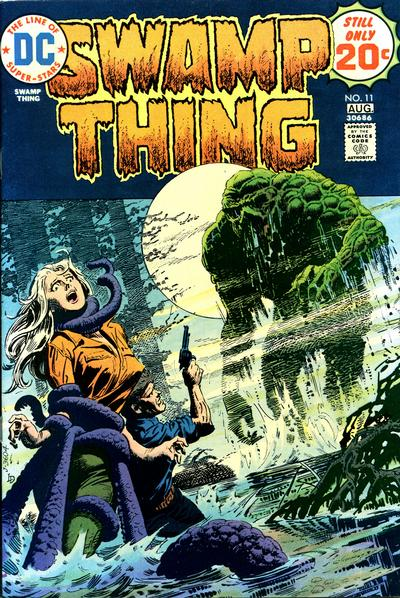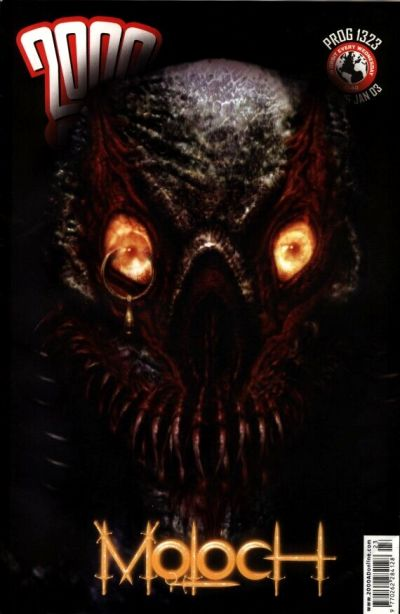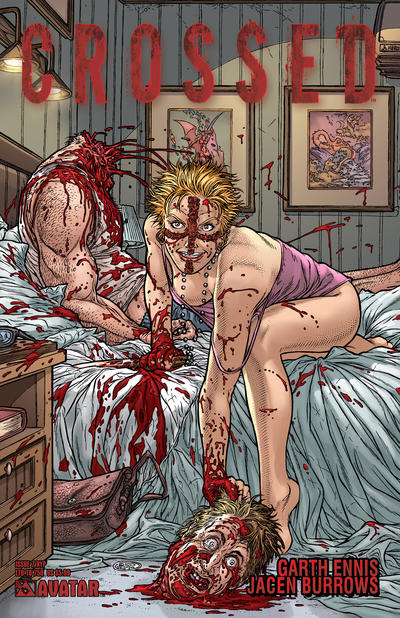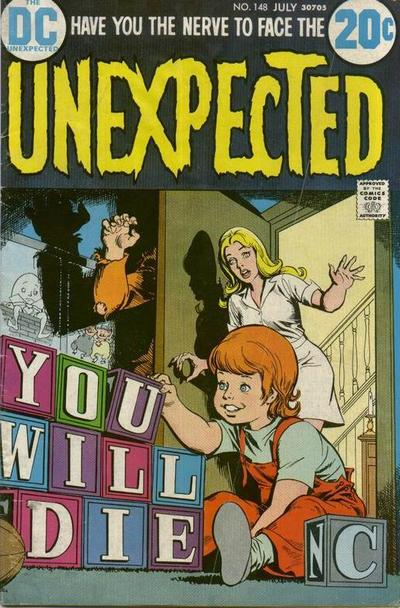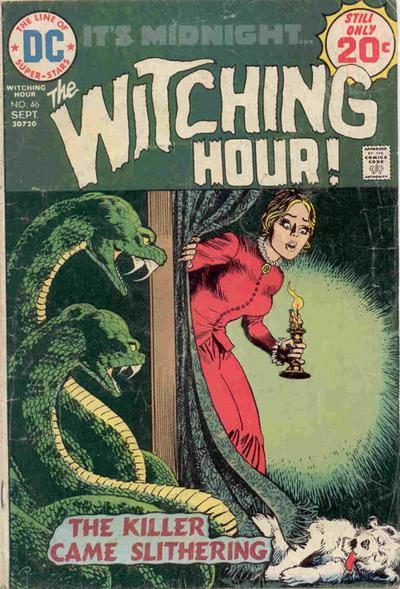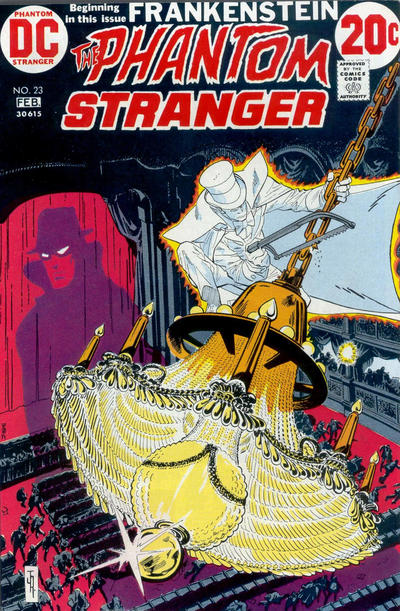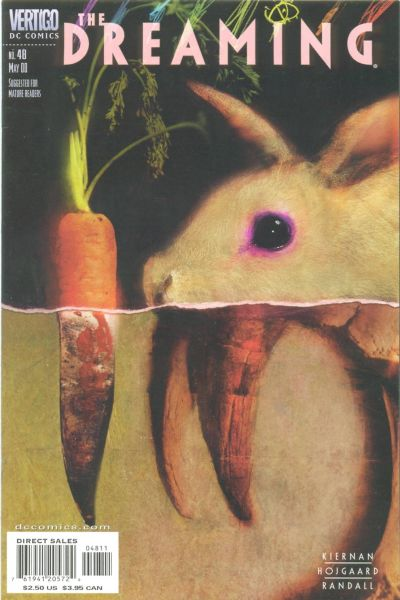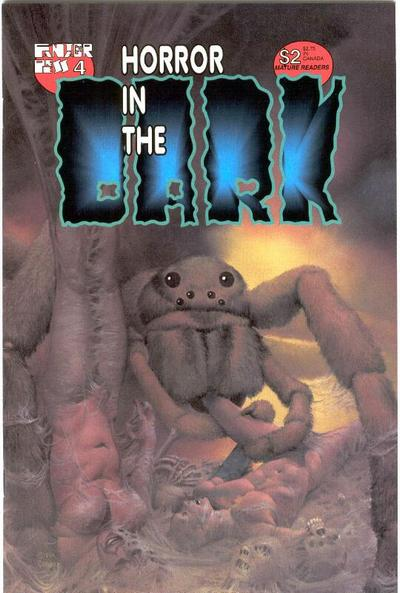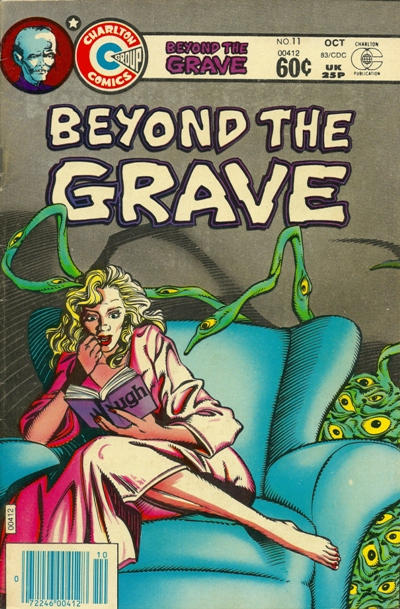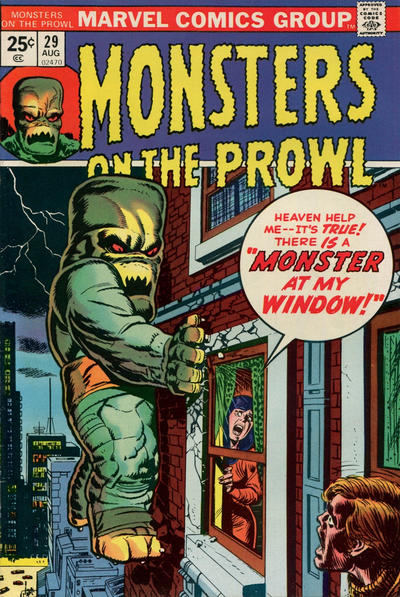I tend to use Halloween as a pretext to write a bit about recent horror movies in Gotham Calling. One trend that has been quite prominent this year – in cinema as well as in literature – is the entanglement of horror with social and political satire. This is hardly a new approach to the genre: George A. Romero built much of his career upon it – and it has been a while since comedians Jordan Peele and Charlie Brooker reinvented themselves as horror masters, bringing their former sensibilities with them. Nevertheless, we seem to be living through particularly fruitful times…
For instance, as the incredibly successful – and incredibly fun – M3GAN evolves from family drama to creepy suspense to grindhouse schlock, it is constantly sprinkled with bits of comedic sci-fi about corporate capitalism and technophobic paranoia. Rated PG-13, this amusing entry into the ‘killer doll’ subgenre doesn’t go very far with the gore, yet it’s in that Gremlins tradition of mischievous gateway movies for young audiences getting into horror. On the whole, the film is derivative but clever. On the one hand, M3GAN knows that it doesn’t have to reinvent the wheel: there’s just something intrinsically nightmarish about having an unstoppable robot come after you – as exploited throughout the ages, from the original Westworld and The Terminator all the way to the ‘Metalhead’ episode of Black Mirror (or, if you prefer something trashier, Chopping Mall). On the other hand, it’s hard to deny this fear has gained a new resonance in today’s hyper-technological world of Alexa and ChatGPT (not to mention screen addiction and viral fake news), where our lives appear to be controlled by machines and our emotions twisted by artificial intelligence whose scary limits we are yet to fully figure out.
Then there’s Pablo Larraín’s bloody gothic fairytale El Conde, which reimagines Chilean dictator Augusto Pinochet as a literal vampire. If it feels heartless to be discussing horror fiction at a time when there is so much horror reality plastered all over the news, this is a reminder of how the former’s imagery can help translate the latter’s inconceivable extents into something easier to process. Every single image in El Conde looks absolutely gorgeous – with black & white cinematography emulating the all-time classics – even though, for a while, the film threatens to use its offbeat premise as little more than a hook to expose the corruption and violent repression of the former regime (with blood-sucking as a pretty blatant metaphor). The twists keep piling, however, and the final half hour is especially bonkers. The result may be uneven, but this is certainly an original ride full of unexpected turns.
That said, my personal favorite this year was Brandon Cronenberg’s latest foray into his signature blend of speculative science fiction and psychological horror. Set in a luxurious Eastern European holiday resort, Infinity Pool tauntingly draws on orientalist fears of foreign peoples and customs, although it ultimately casts a scathing gaze on the tourists themselves, who dismissively exploit economically dependent countries and populations while flaunting their privileged status. What could’ve been a fairly shallow – if kinky – class satire, however, is elevated by the immersive way the film engages with its mind-fuck of a story premise (which I won’t spoil here, so as not to take any edge out of the moody, suspenseful build up). Suffice it to say that Infinity Pool explores what has become one of the central motifs of our times, the doppelgänger, disturbingly illustrating how we constantly negotiate our masks and split identities as winners and losers, victims and perpetrators, defending ethics and creative intellect while caving into carnal desire and embracing the disposability of otherized bodies.
Certain aspects of Infinity Pool brought to mind one of the most brilliant horror comics in recent years, The Nice House on the Lake, where a group of young people get together at a lavish summer house, only to find out the rest of world has suddenly come apart (just the first of many shocking revelations). It has a similar vibe of an affluent, compressed First World paradise whose enjoyment depends on disregarding what takes place outside. James Tynion IV’s script is more elaborate than Cronenberg’s – including a more richly developed cast and a much more ambitious scope – but the parallels aren’t just in terms of plot points or themes… Like the abovementioned film, The Nice House on the Lake looks stunning, making the most out of its medium’s aesthetic potential in order arouse both repulsion and a sensuous allure (which may lead to disgust with one’s own temptations). Every corner of the house, every panel angle, every shade and tinge, every line of ink and dialogue appear to have been fully thought out and carefully rendered. Crafted with minute attention to detail, the series reads like nothing else on the market, firing on all cylinders when it comes to the artwork, by Álvaro Martínez Bueno, the colors, by Jordie Bellaire, and the lettering, by Andworld Design.
To be sure, horror casts a large shadow in North-American comics, from the relatively crude yet charmingly entertaining anthologies of the ‘50s (including the macabrely comedic short stories that led to the introduction of regulated censorship in 1954, some of them collected earlier this year in Fantagraphic’s lovely volume Deadly Beloved and other stories by Johnny Craig), whose spirit was revived in the black & white magazines of the ‘70s (which avoided the censors through a loophole), to the sleazy, in-your-face depictions of gory ultra-violence and all sorts of taboo-breaking content now published by the likes of Avatar (taking maximum advantage of the freedom from the Comics Code Authority earned since the ‘80s), not to mention the more sophisticated – if often pretentious – strain of experimental storytelling and bizarre, disconcerting visuals found in mind-bending works like Lore, Blue in Green, Stray Toasters, or The Department of Truth.
And so, this week’s reminder that comic book covers can be awesome is a tribute to the medium’s diversity:
